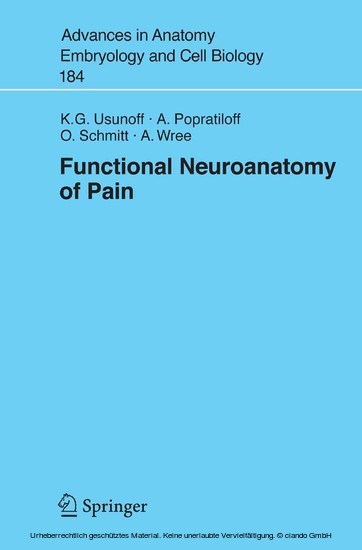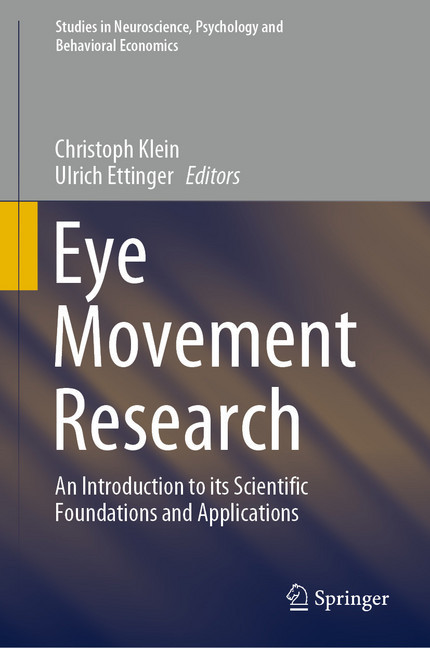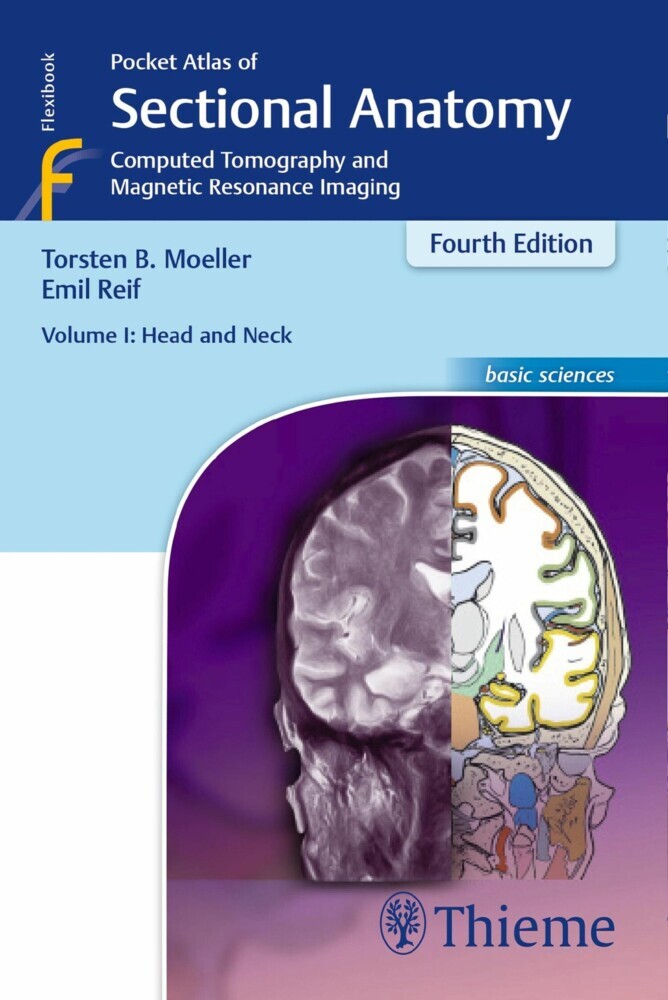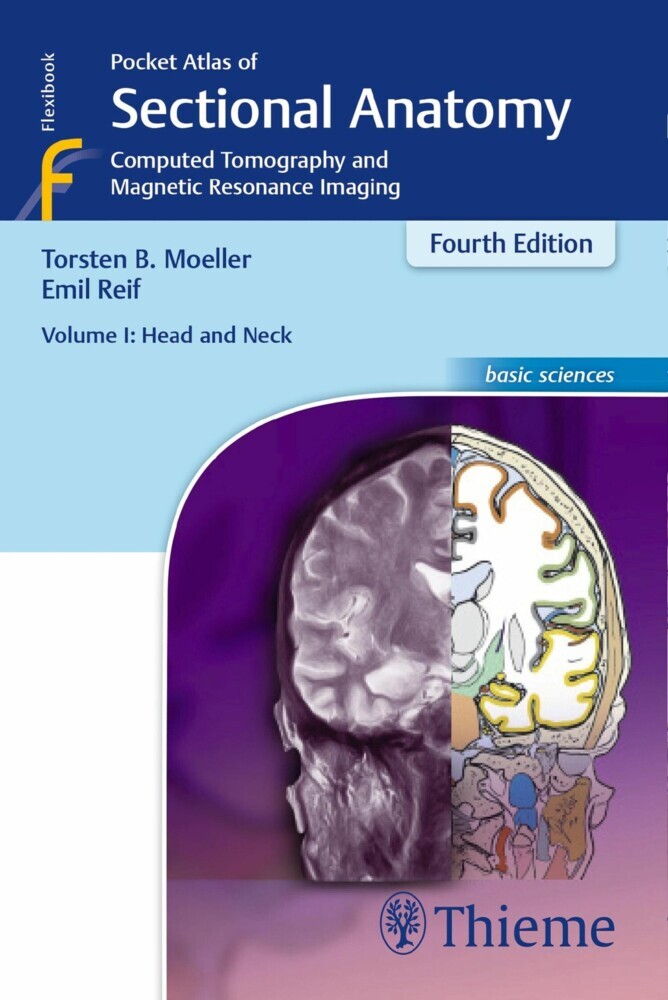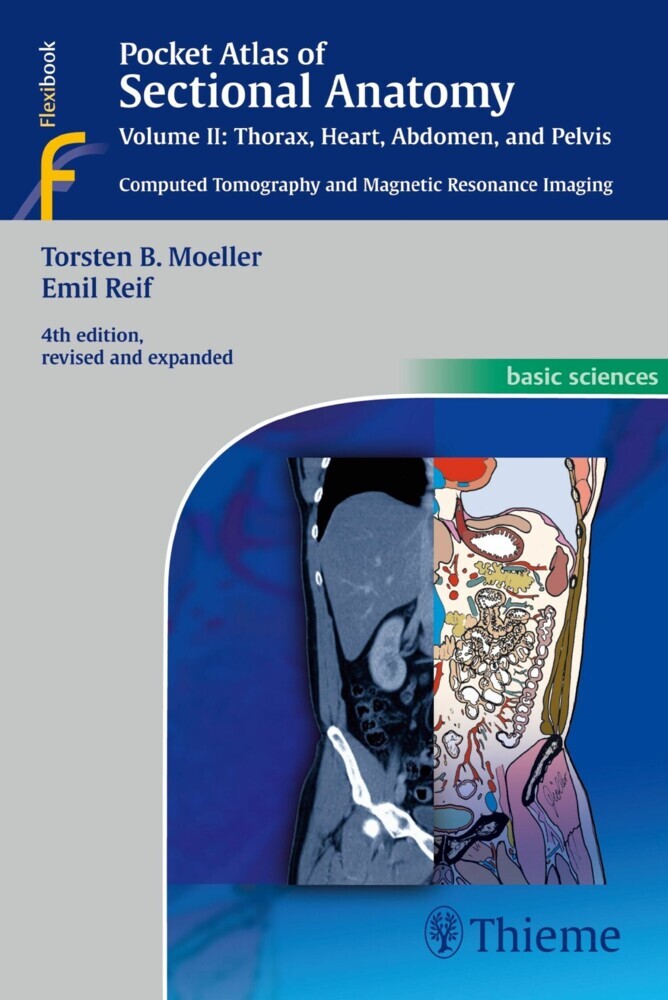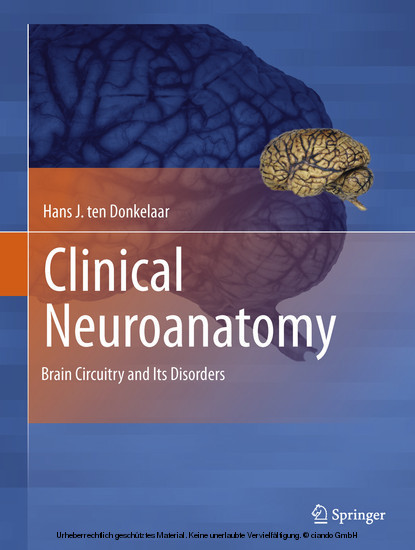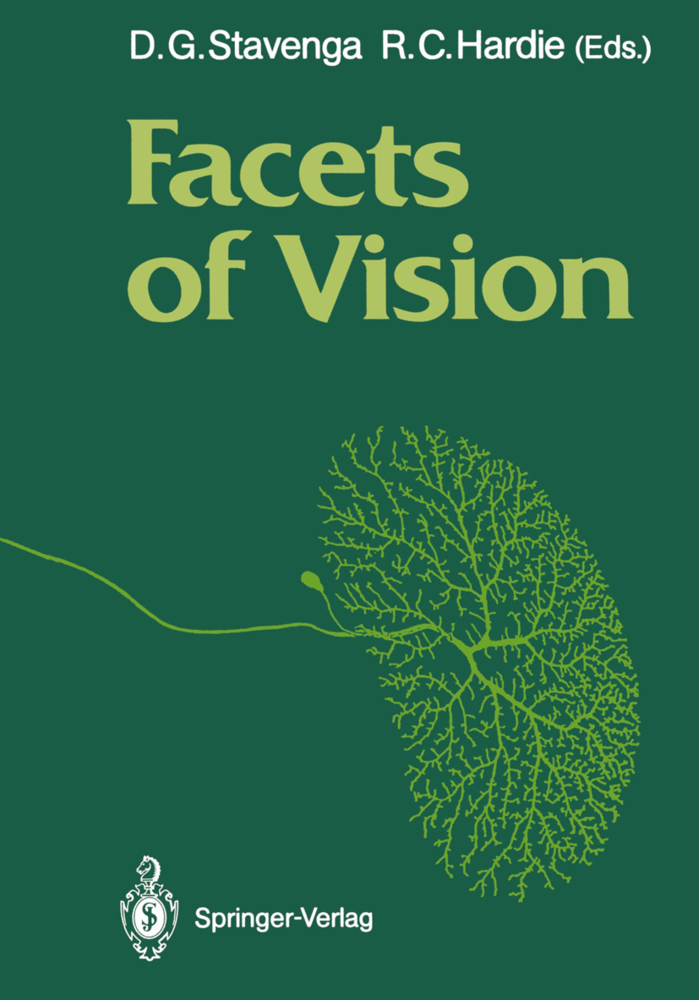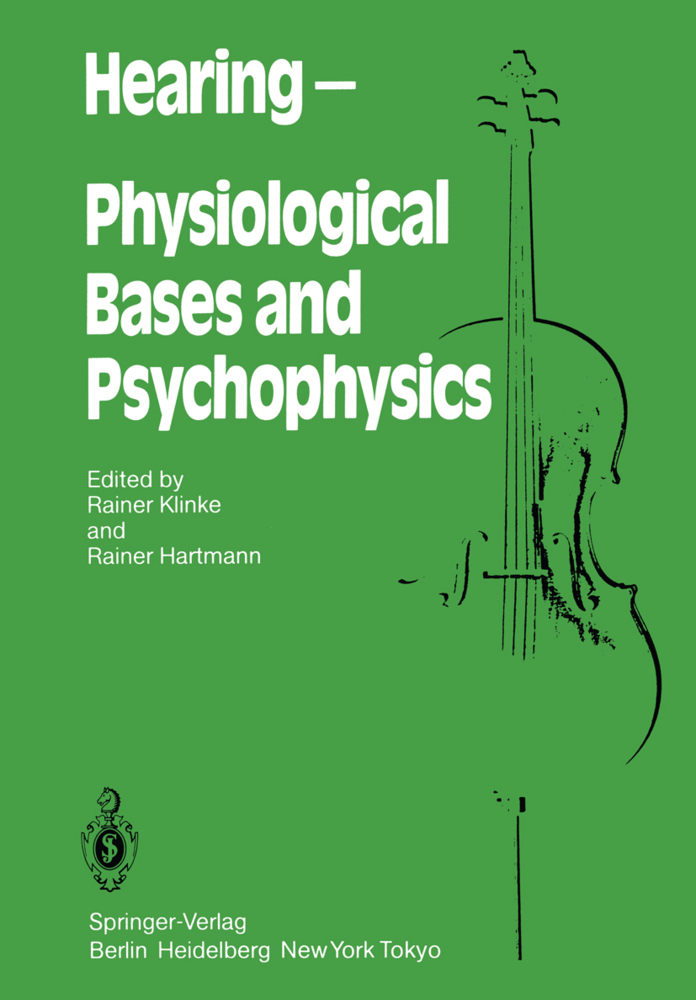Functional Neuroanatomy of Pain
Pain is an unpleasant but very important biological signal for danger. Nociception is necessary for survival and maintaining the integrity of the organism in a potentially hostile environment. Pain is both a sensory experience and a perceptual metaphor for damage and it is activated by noxious stimuli that act on a complex pain sensory apparatus. However, chronic pain having no more a protective role can become a ruining disease itself, termed 'neuropathic pain'.
Primary afferent neuron
Distribution of nociceptor peripheral endings
Termination in the spinal cord and spinal trigeminal nucleus
Ascending pathways of the spinal cord and of the STN
Dorsal column nuclei and nociception
Cerebellum and nociception
Cortices involved in pain perception and thalamocortical projection
Descending modulatory pathways
Neuropathic pain
Central changes consequent to peripheral nerve injury
The role of glial cells
Neuropathology of herpes zoster (HZ) and of postherpetic neuralgia (PHN)
Diabetic neuropathic pain
Cancer neuropathic pain
Central neuropathic pain
Concluding remarks
Summary
Subject index.
Introduction
Functional neuroanatomy of the pain systemPrimary afferent neuron
Distribution of nociceptor peripheral endings
Termination in the spinal cord and spinal trigeminal nucleus
Ascending pathways of the spinal cord and of the STN
Dorsal column nuclei and nociception
Cerebellum and nociception
Cortices involved in pain perception and thalamocortical projection
Descending modulatory pathways
Neuropathic pain
Central changes consequent to peripheral nerve injury
The role of glial cells
Neuropathology of herpes zoster (HZ) and of postherpetic neuralgia (PHN)
Diabetic neuropathic pain
Cancer neuropathic pain
Central neuropathic pain
Concluding remarks
Summary
Subject index.
Usunoff, Kamen G.
Popratiloff, Anastas
Schmitt, Oliver
| ISBN | 9783540281665 |
|---|---|
| Article number | 9783540281665 |
| Media type | eBook - PDF |
| Edition number | 2. Aufl. |
| Copyright year | 2006 |
| Publisher | Springer-Verlag |
| Length | 120 pages |
| Language | English |
| Copy protection | Digital watermarking |

